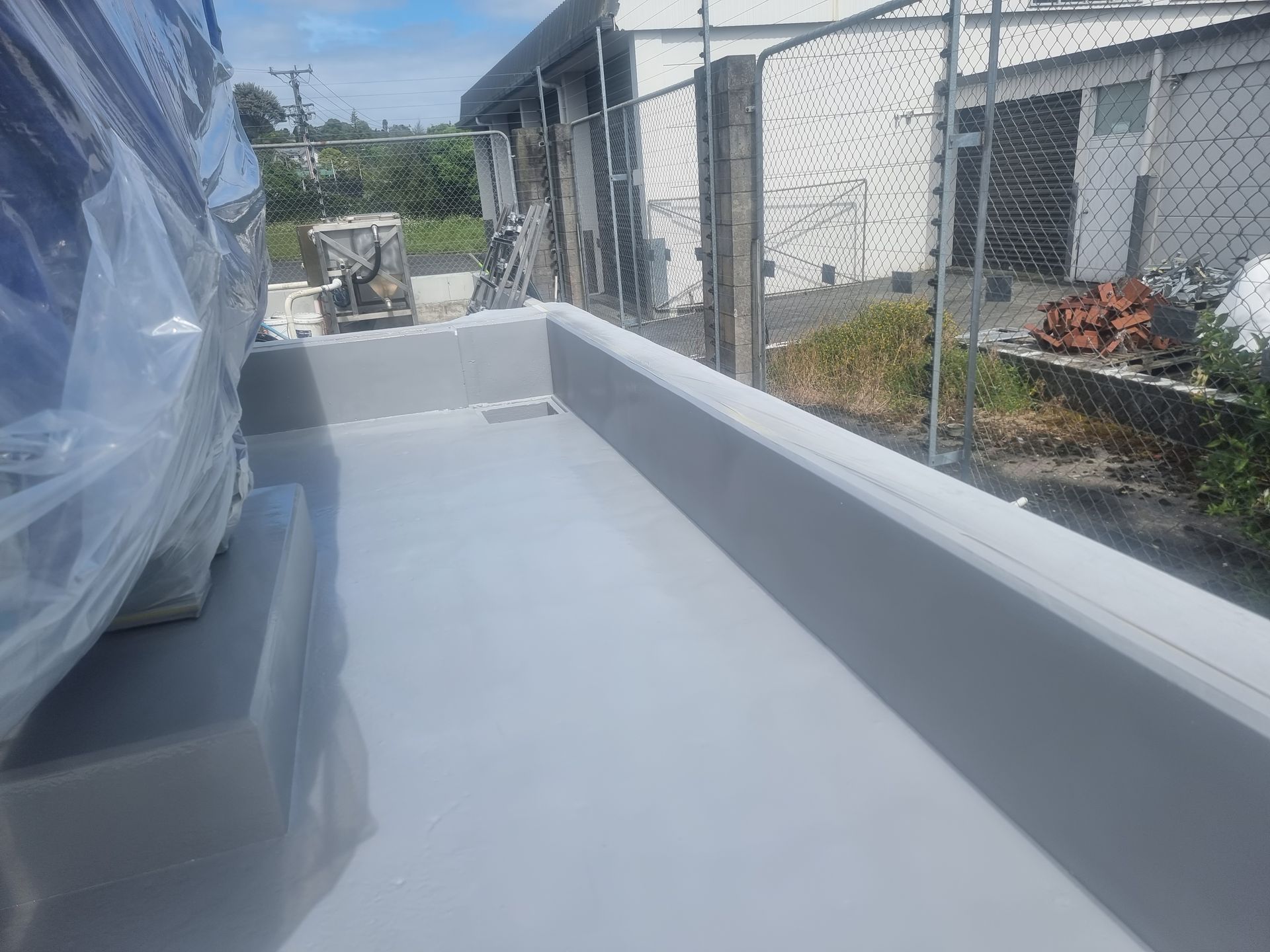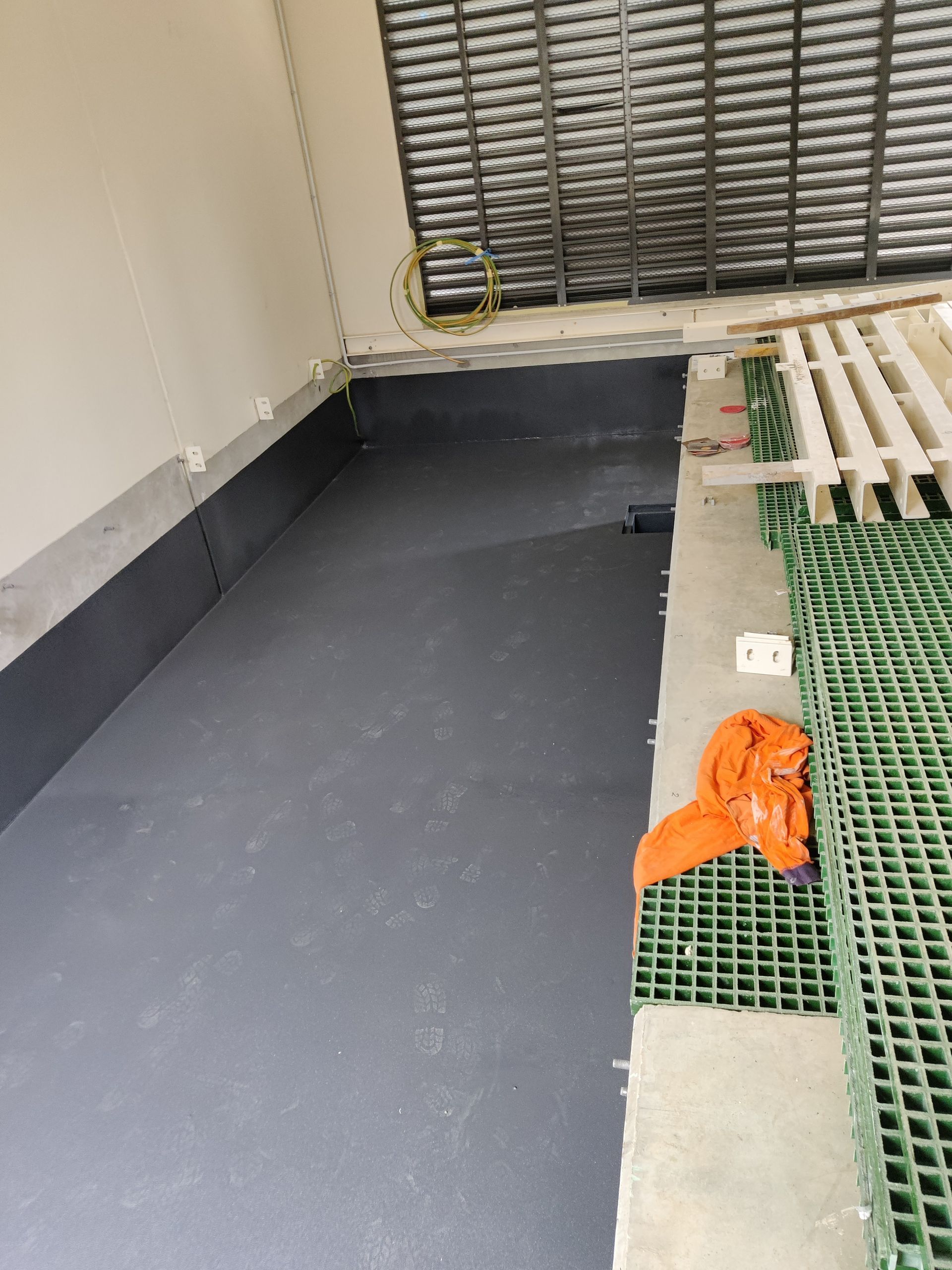
Durable Coatings
Advanced Polyurea Spray Coating Solutions
At NZ Application Service, Auckland, we specialise in providing high-performance polyurea spray coating solutions for industrial, commercial, and residential projects across Auckland and surrounding areas. Polyurea is one of the most advanced protective coatings available today, delivering exceptional durability, rapid curing times, and reliable waterproofing. Whether you need to protect concrete floors, steel structures, or wooden surfaces, polyurea offers a seamless, long-lasting solution trusted by professionals in a wide range of industries.

Tough, Long-Lasting Protection
Unmatched Durability in Harsh Environments
Polyurea coatings are renowned for their exceptional resistance to wear and tear, making them ideal for high-traffic areas and challenging environments. Whether your surface is exposed to heavy machinery, foot traffic, or chemicals, polyurea forms a tough, abrasion-resistant layer that maintains its integrity over time. Its ability to withstand UV exposure and extreme temperatures makes it the go-to option for both indoor and outdoor applications.
Key Benefits of Polyurea Durability
- Resists abrasion, chemicals, and UV damage
- Stands up to heavy vehicle and foot traffic
- Ideal for industrial, marine, and outdoor use

Maximum Efficiency
Fast Curing for Minimal Downtime
One of the standout features of polyurea is its rapid curing time. Unlike traditional coatings that can take days to dry, polyurea sets in a matter of seconds to minutes. This means your project can move forward faster with minimal disruption to operations. Whether you’re working on a large-scale commercial site or a residential garage, polyurea allows for quick turnaround without sacrificing quality.

Protection for Every Surface
Flexible, Eco-Friendly & Visually Appealing
Polyurea is as versatile as it is reliable. It bonds effortlessly to a wide range of materials, including concrete, steel, and timber, thanks to its natural flexibility and excellent adhesion. Even under extreme conditions, it won’t crack or peel. Better still, it’s an environmentally responsible choice, often free of solvents and VOCs. With a variety of colour options available, it can even enhance the appearance of your surfaces while protecting them.
Versatile Applications
The Ultimate Solution for Diverse Industrial & Residential Needs
From industrial flooring and automotive undercoatings to residential garages and water features, polyurea has proven to be a highly adaptable coating solution. It’s perfect for clients looking for a fast, durable, and low-maintenance finish. At NZ Application Service, we use only high-quality formulations and equipment to ensure a precise, professional application every time.
If you’re looking for reliable polyurea spray coating in Auckland or nearby, get in touch with NZ Application Service. Call us today on 027 3049 784 or 02 7304 9784 for expert advice and a no-obligation quote tailored to your project.









